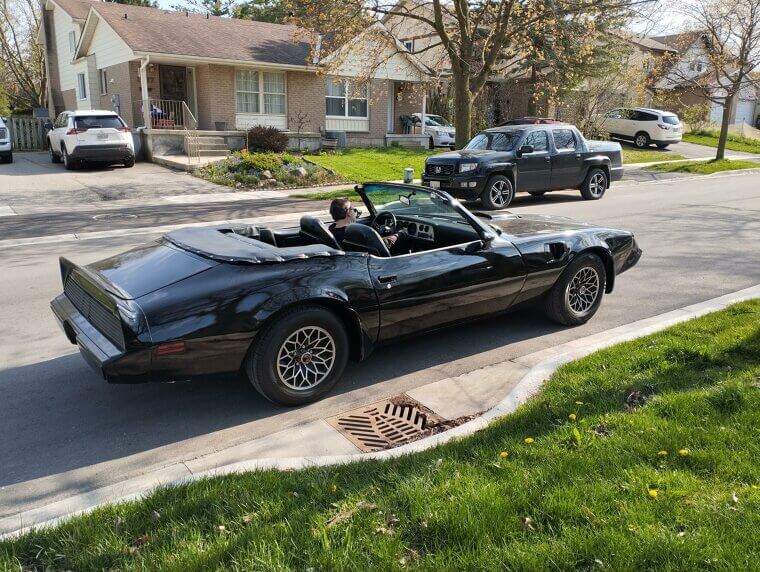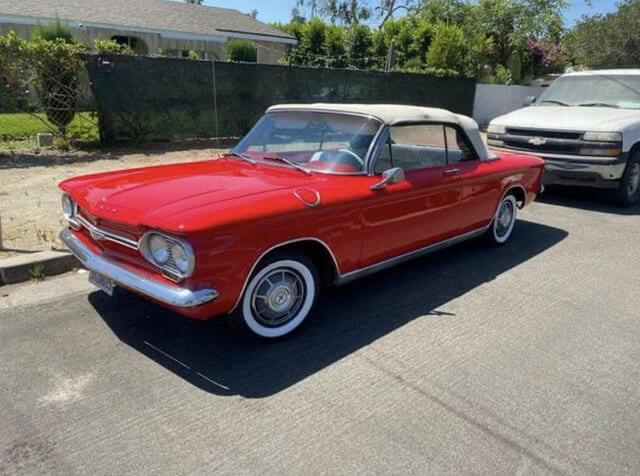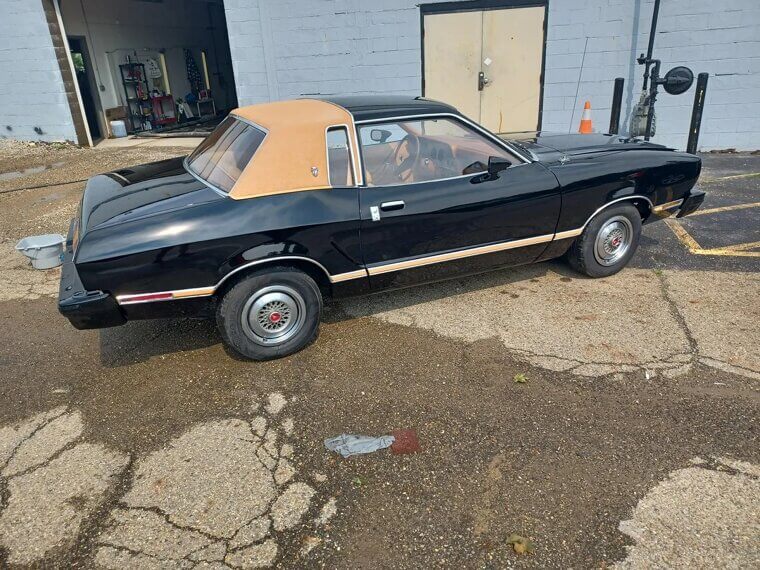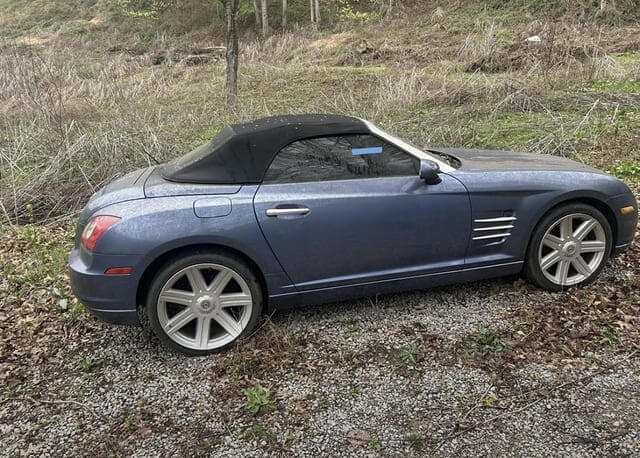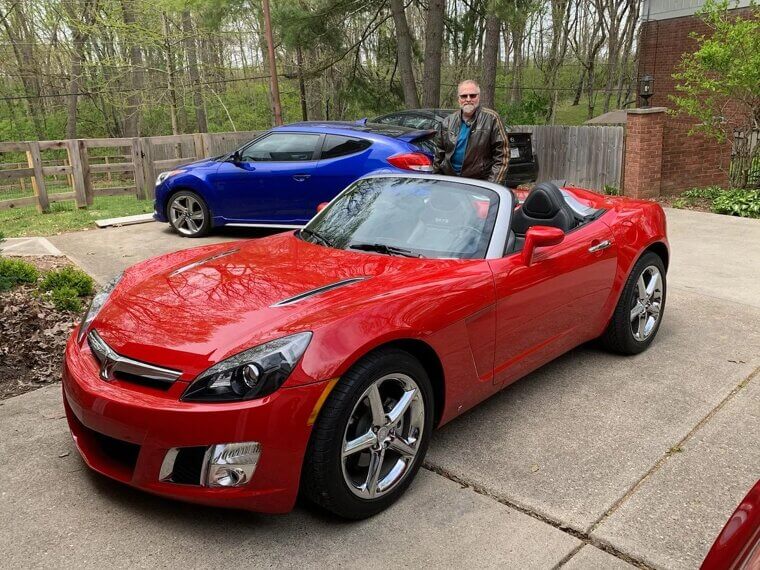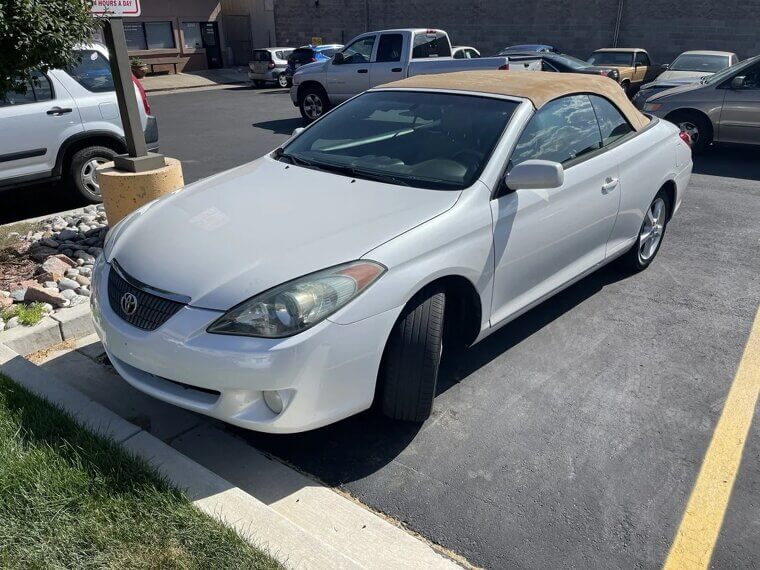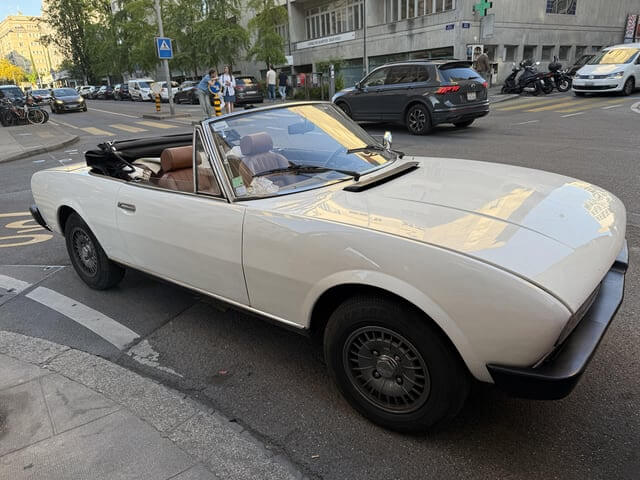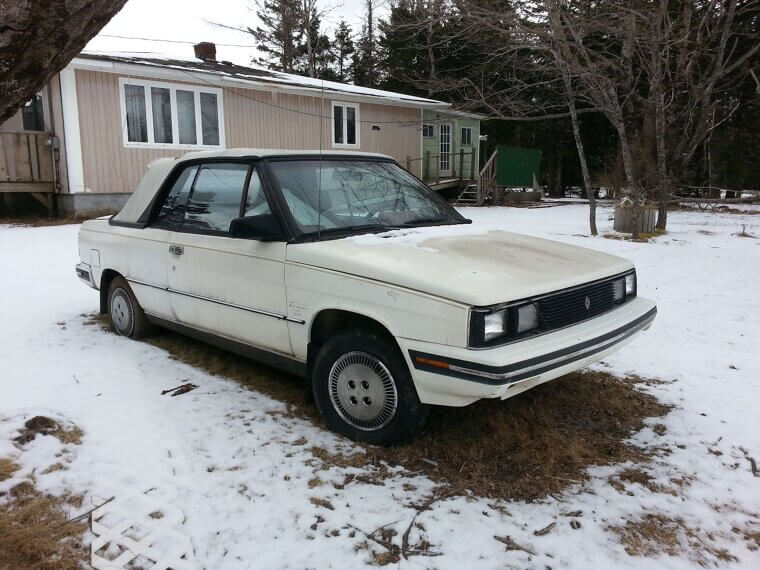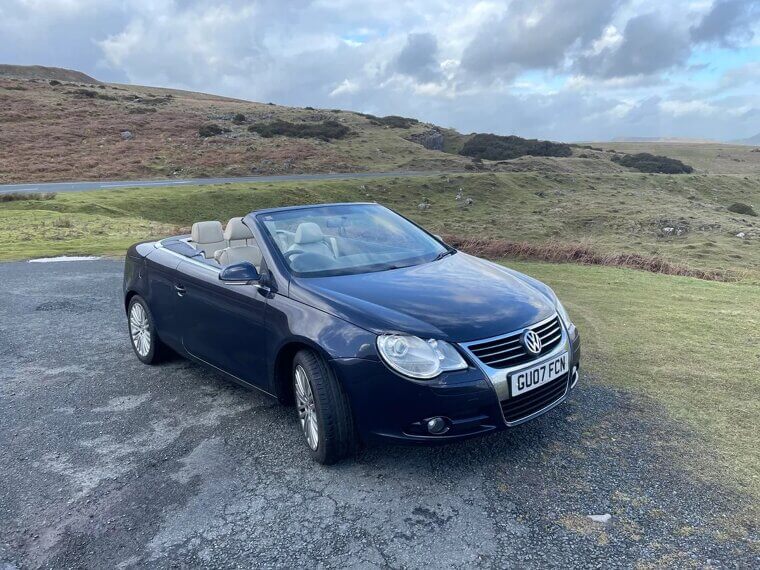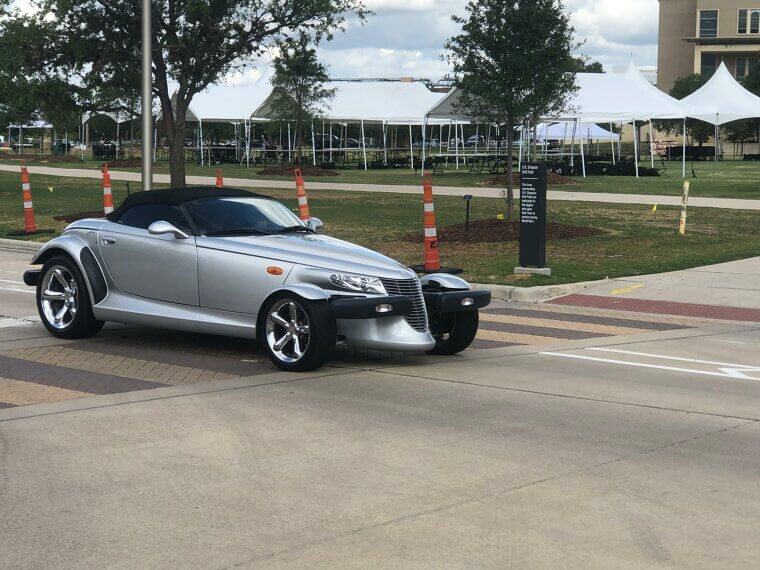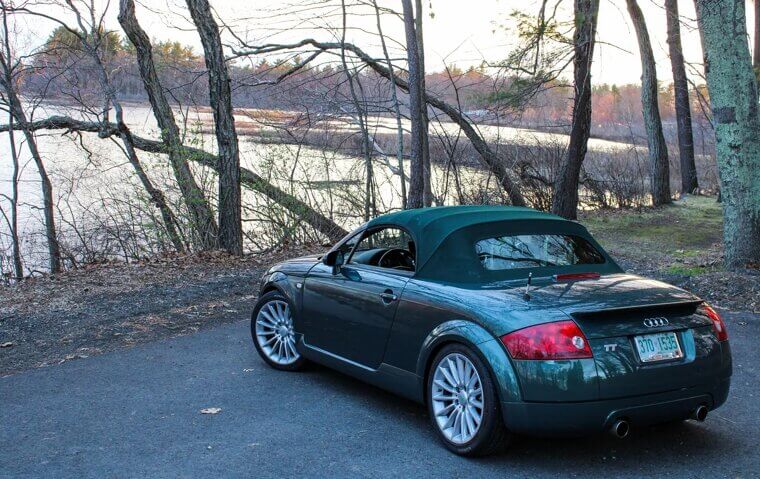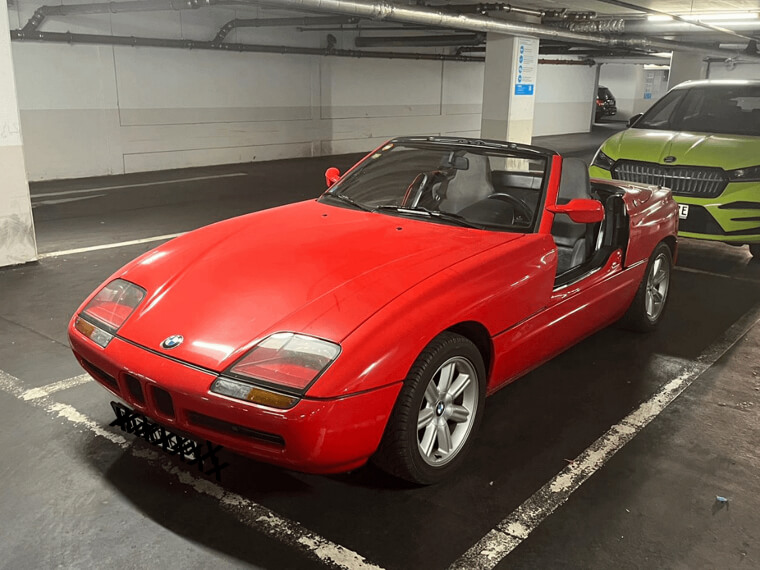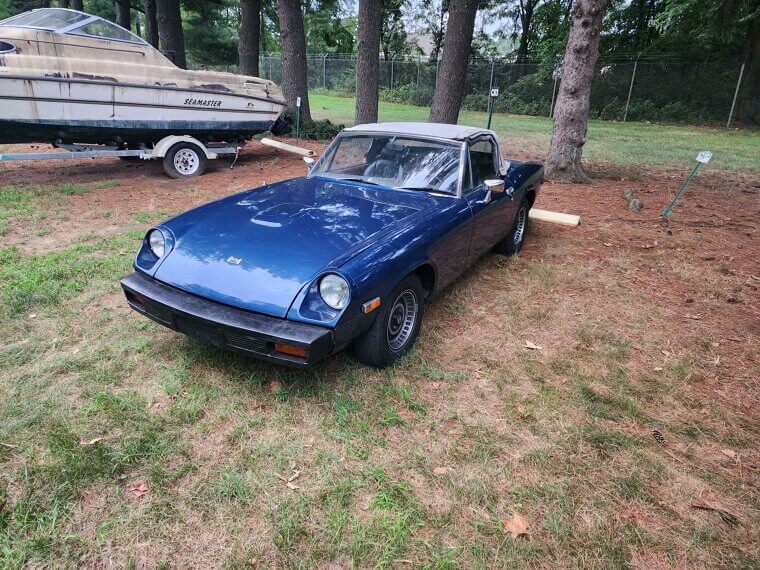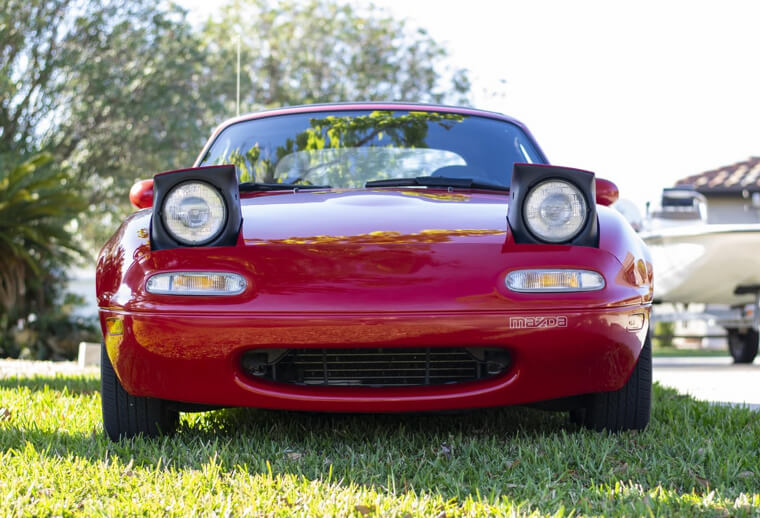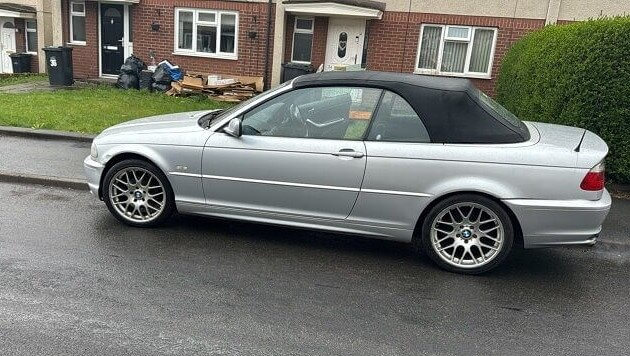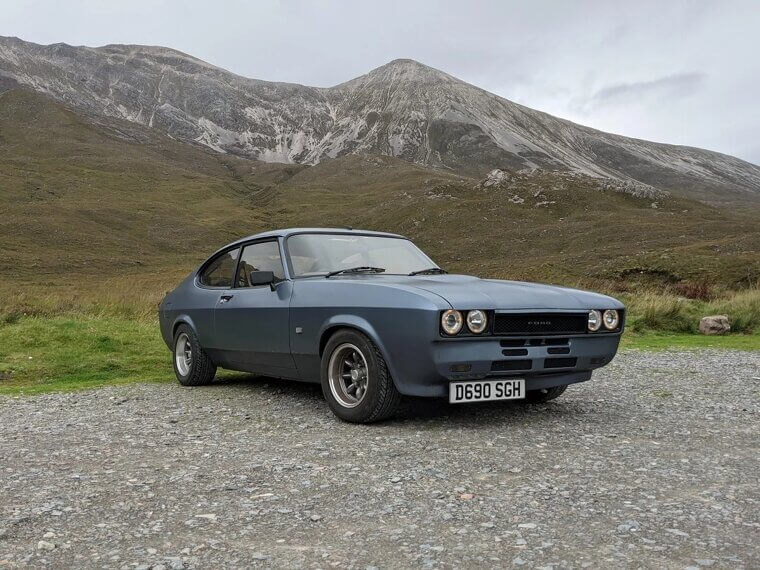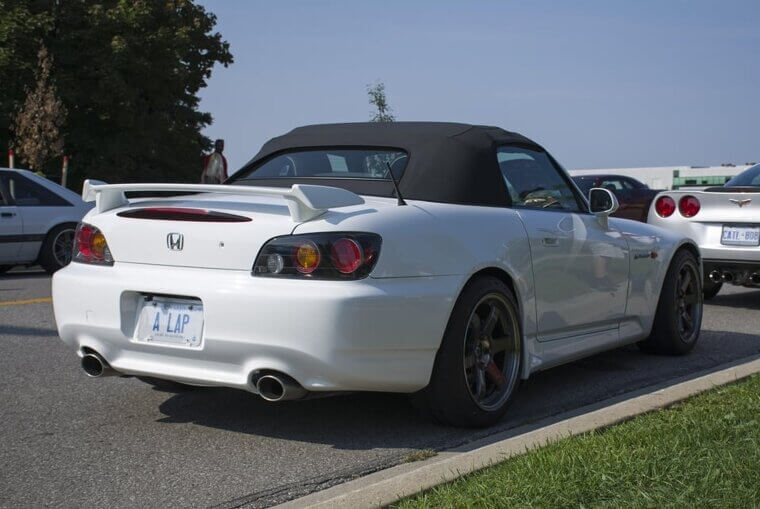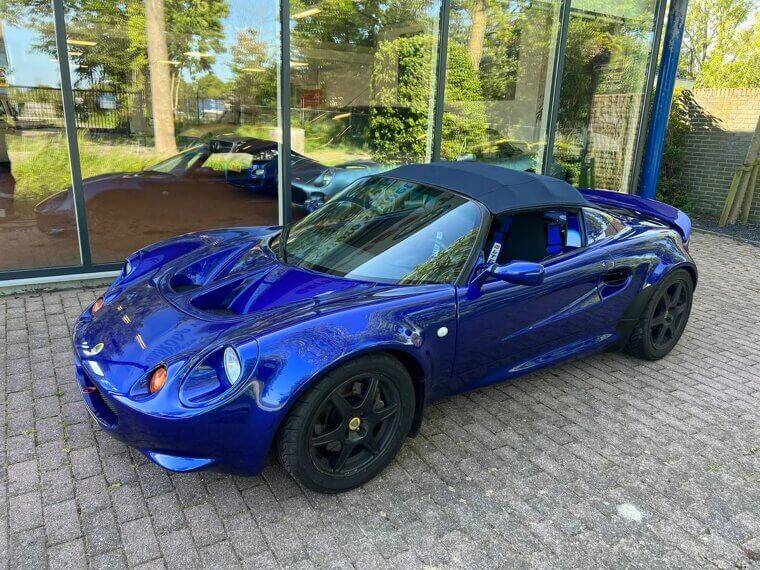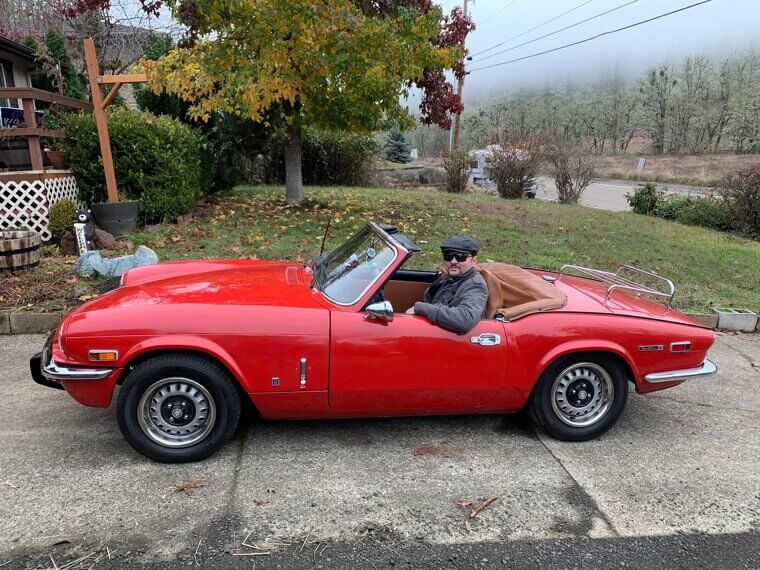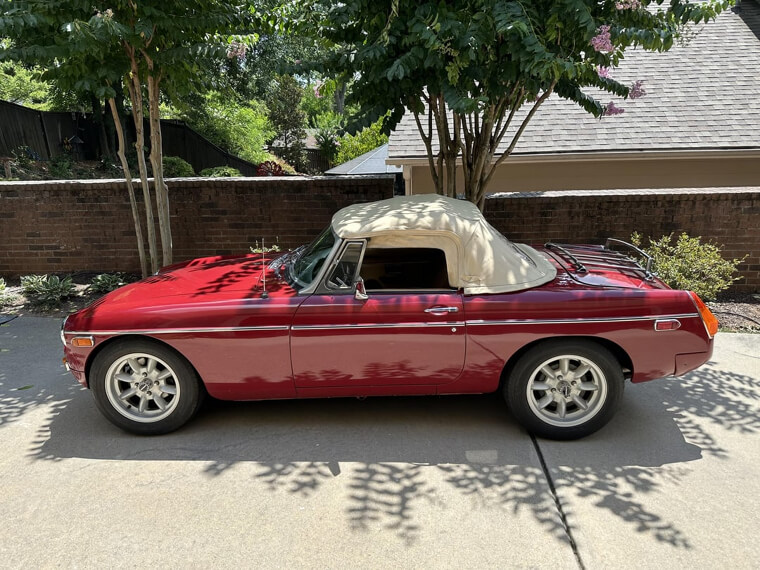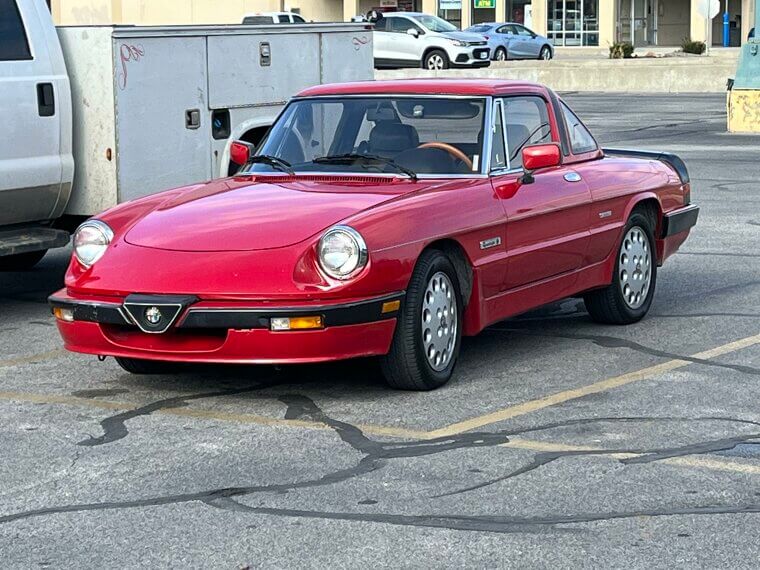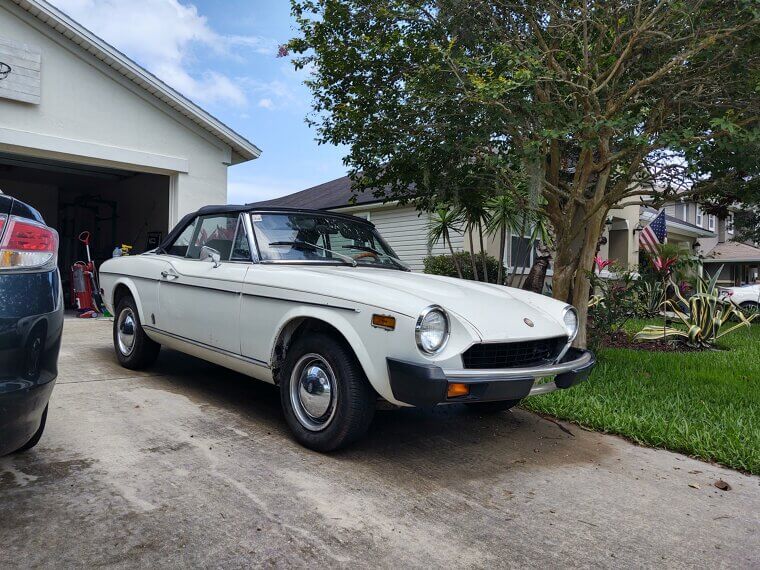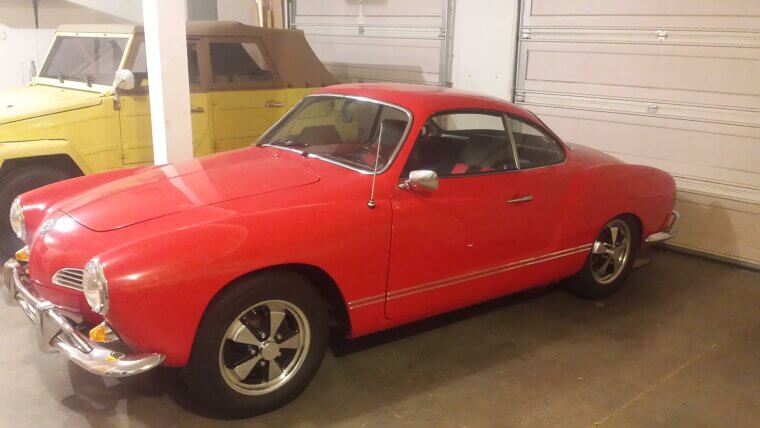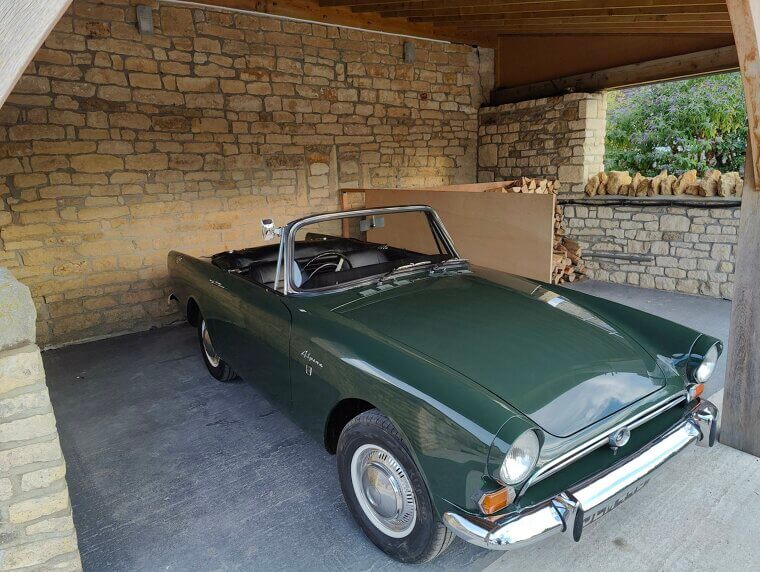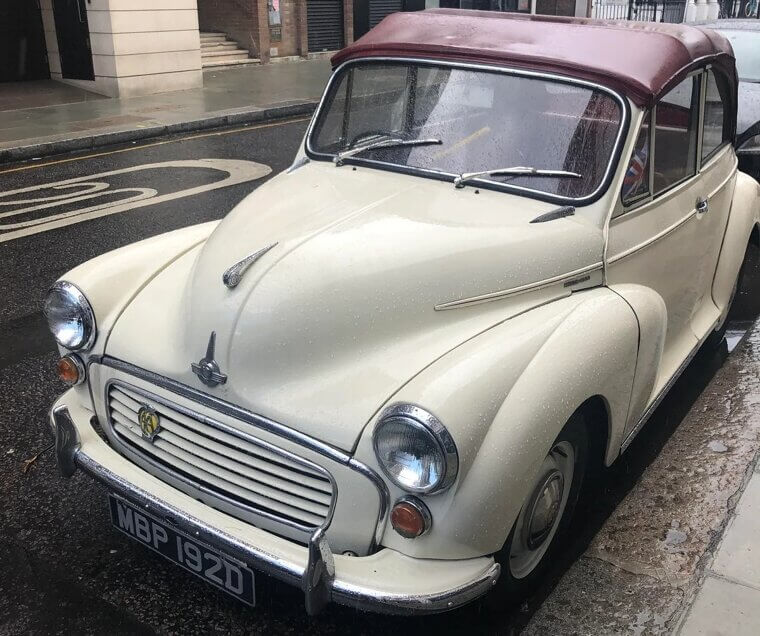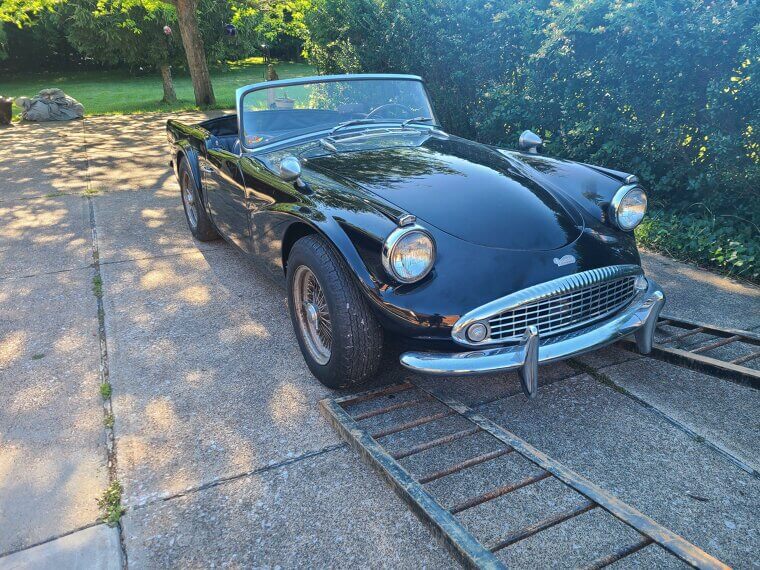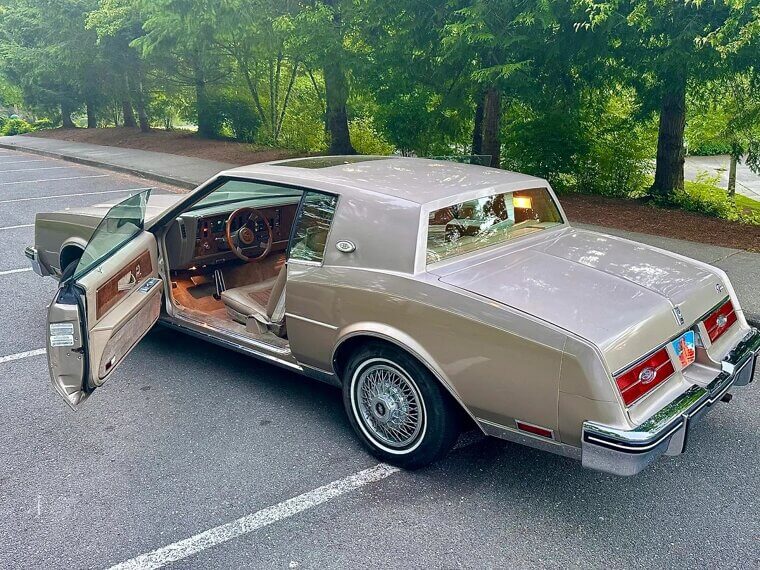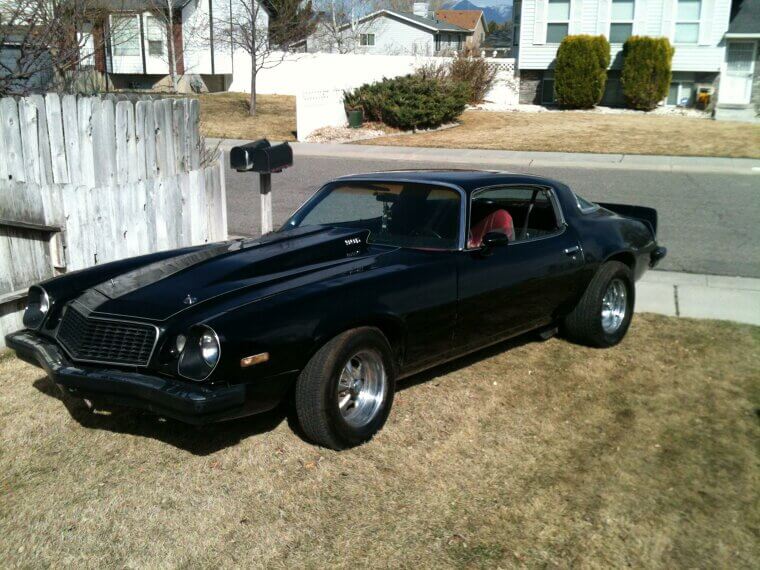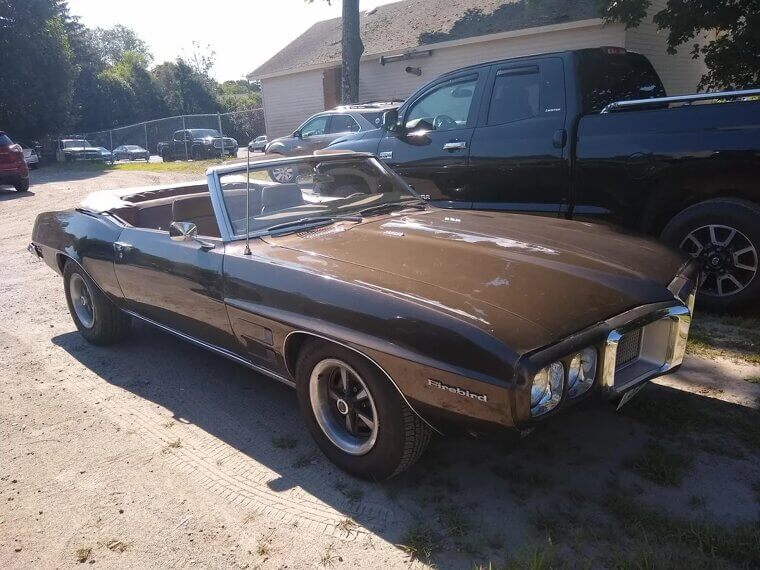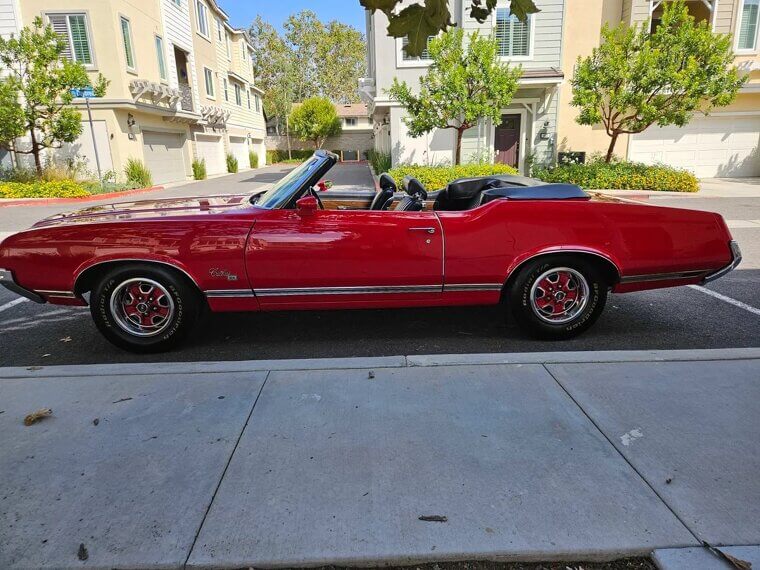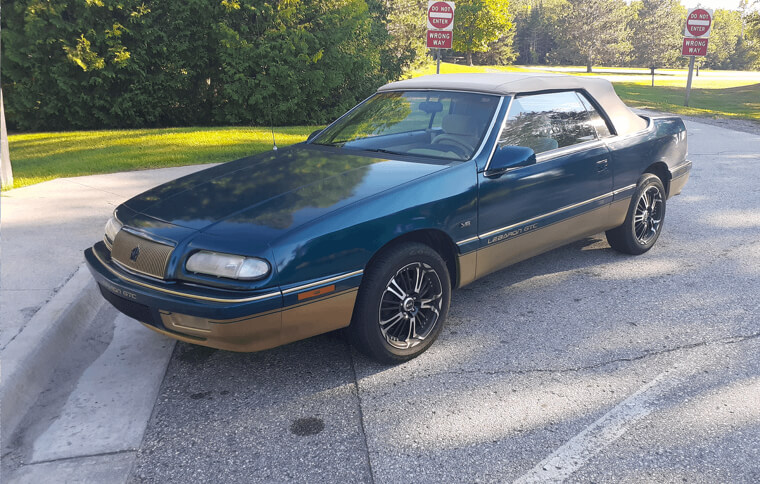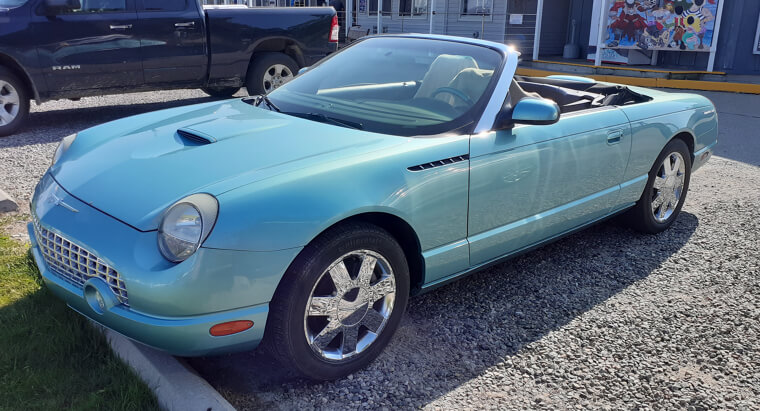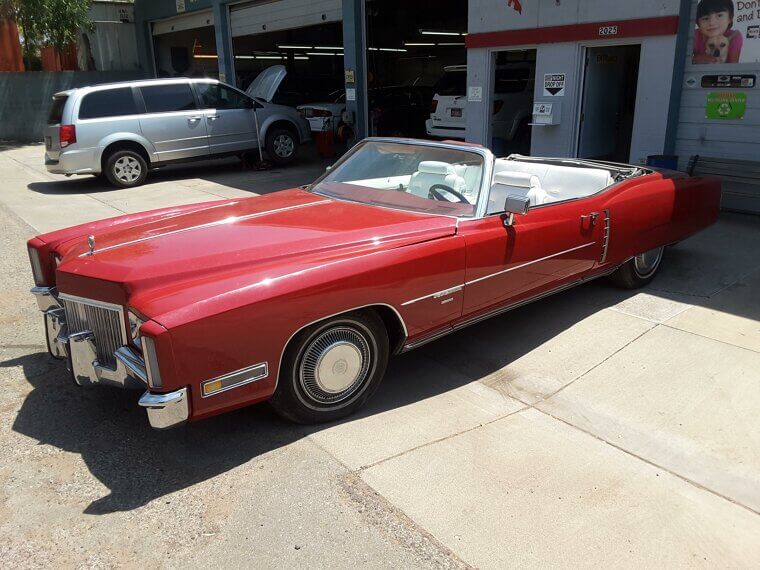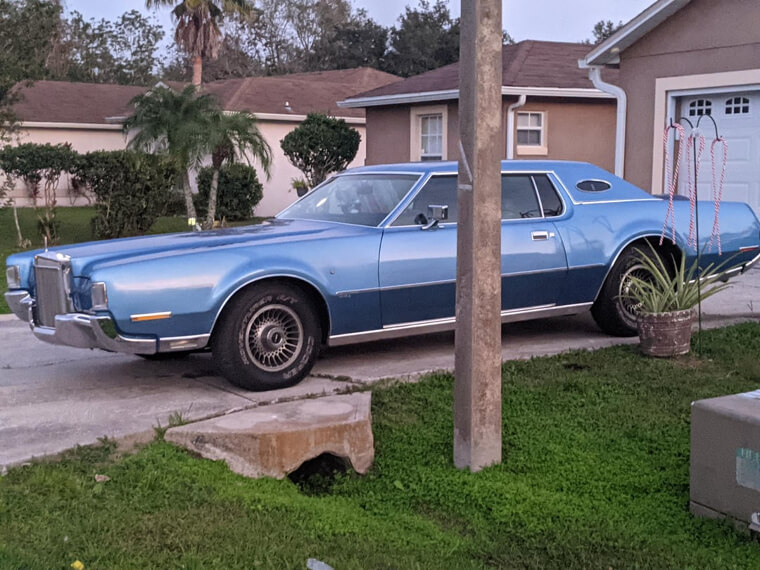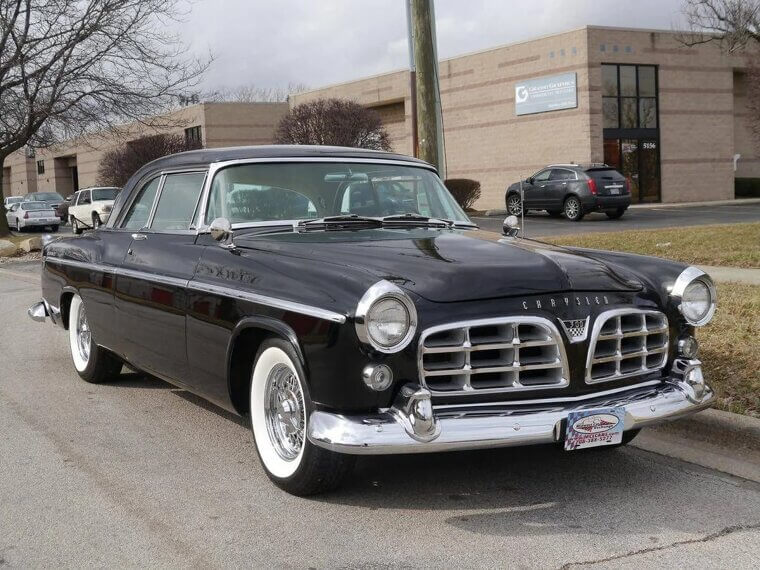Classic Convertibles Dropping Down the Popularity List
Not many people know this, but the “c” in “convertible” actually stands for cool. And yet, despite being classics in their own rights, people aren’t clamoring for these cool convertibles for one reason or another.
Chevrolet Corvair Monza Spyder (1960s)
The Monza Spyder was Chevrolet’s convertible option for the Corvair, a line of four-door compact cars intended to compete with the evergreen Volkswagen Beetle. Needless to say, it didn’t have the longevity of that vehicle, and the Spyder, in particular, was mired with safety concerns and suffered from a lack of performance.
Ford Mustang II Convertible (1974–1978)
It seems absurd to include any Mustang on a list of cars that nobody wants, but here we are. The Mustang II was the next step forward for the Mustang. Unfortunately, it stumbled rather than walked, and many people were left unimpressed with its smaller size than the original, as well as its comparatively less impressive performance.
Chrysler Crossfire Roadster (2004–2008)
Chrysler and Mercedes-Benz are two of the most prominent names in the automotive industry. For many people, the two companies can do no wrong - when they’re apart, that is. The Crossfire Roadster was a collaboration between the two, and what a dismal one it was. It had limited appeal due to its admittedly unique styling, resulting in poor resale value.
Saturn Sky (2007–2010)
The Saturn Sky is a fairly new model, at least when compared to some of the other names on this list. However, it may as well be ancient history due to Saturn’s discontinuation. The Sky, admittedly, handled quite well, but resale values plummeted due to significantly reduced brand recognition.
Toyota Solara Convertible (1999–2003)
In all fairness to Toyota, the company isn’t exactly known for creating the most prestigious cars around. What they are known for is reliability, which the Solara offered in spades. Unfortunately, it being a convertible only made its overall lack of excitement and flair that much more noticeable.
Peugeot 504 Cabriolet (1969–1983)
Peugeot has a fancy name to match the fancy cars they come out with. The 504 Cabriolet continued their established trend of luxury vehicles, with an elegant design by Pininfarina to boot. Unfortunately, its market presence was severely limited, and Peugeot’s overall decline in the luxury segment reduced its appeal even further.
Renault Alliance Convertible (1983–1989)
The Alliance quite literally represented the alliance between Renault and AMC and was intended to break more ground in the American market for the former. Unfortunately, its poor build quality and aggressively underwhelming performance ensured that it had the exact opposite effect, and Renault eventually left the American market altogether.
Volkswagen Eos (2006–2015)
Volkswagen quite literally means “people’s car”. It’s a statement of intent, a promise to the Average Joe’s of the world that there will always be a company making cars just for them. Unless it’s the Eos, of course, which - for some reason - had a ridiculously high price tag that only served to turn people away.
Plymouth Prowler (1997–2002)
The Plymouth Prowler was certainly unique. It featured a futuristic design that may have reflected the company’s vision of what the next century might bring. Unfortunately, they wouldn’t be around long enough to see that vision through, with Plymouth’s eventual going under - and the car’s niche appeal overall - contributing to its less-than-admirable resale value.
Audi TT Roadster (First Generation, 1999–2006)
Audi is known for producing some truly stellar cars, but sometimes, their products need a little more time in the oven before they’re ready for mass consumption. Case in point: the first-generation TT roadster. While people appreciated its distinctive design, its long production run and terrible build quality haven’t done much to endear itself to distinguished collectors.
BMW Z1 (1989–1991)
In contrast to the TT Roadster, the BMW Z1 had a much shorter production run. Demands for the Z1 were initially high, but it quickly fell out of favor due to its awkward design. This has made it a pretty rare car today, but nobody’s exactly clamoring to get their hands on one.
Jensen-Healey (1972–1976)
For what was supposed to be a sporty roadster intended to compete with the likes of the Jaguar E-Type and Triumph TR6, the Jensen-Healey was decidedly inoffensive in terms of style and underwhelming in terms of performance. It wasn’t a bad car, per se, but these qualities kept it from reaching the heights of those other vehicles.
Mazda MX-5 Miata (NA, 1989–1997)
The MX-5 Miata may be the first car on this list that was actually great. It had fun and engaging driving dynamics and fantastic performance for a car of its time. Sadly, the greatest sin it committed was simply existing in a time when sports cars were all the rage, and it often went overlooked by many.
BMW 318Ci Cabriolet (E46, 2000–2006)
Like the MX-5 Miata, it’s a crying shame to see the Cabriolet on this list. It did everything right - the Cabriolet was both affordable and luxurious, offering performance and practicality in equal measure. Unfortunately, its relative affordability somewhat lowered its prestige, and collectors will always favor more exotic or expensive models over the Cabriolet.
Ford Capri Mk3 (1986–1989)
Despite its placement on our list, the Capri was ultimately a huge success for Ford. The Mk3, unfortunately, was just severely limited in its appeal. It had sporty styling, sure, but handling it was a tricky endeavor that most drivers just weren’t willing to put up with, and many other Ford models would outshine the Capri in the eyes of collectors.
Honda S2000 (AP1, 1999–2003)
The S2000 actually showed off what Honda was capable of - a sporty, exotic-looking vehicle built with top-of-the-line engineering and mechanics. Unfortunately, it had a limited production run and, combined with its high-revving nature, its appeal is somewhat limited nowadays.
Lotus Elise Series 1 (1996–2001)
Even as a company, Lotus is always going to have niche appeal at best despite manufacturing some truly stellar cars over the years. The Elise Series 1 embodies their refined, minimalistic style, which is great for Lotus lovers and bad for everyone else.
Triumph Spitfire (1962–1980)
In retrospect, Triumph couldn’t have chosen a better name for the Spitfire. It doesn’t roar and blaze across the roads - it just sort of spits. Indeed, the Spitfire was a small car with somewhat lackluster performance, both of which have contributed to its limited appeal.
MG MGB (1962–1980)
The MGB from MG had a long production run of 18 years. During that time, it enjoyed massive popularity and success… which have somewhat crippled its appeal today. Simply put, collectors don’t want something that everyone else has had, and there are more prestigious options out there.
Alfa Romeo Spider (1966–1993)
The Spider is one of the best examples of Alfa Romeo’s incredible sense of style. The car still looks great even today, but when compared to other brands, Alfa Romeo’s presence is far more limited. This made the Spider somewhat unappealing to modern collectors, and its reliability issues don’t help matters either.
Fiat 124 Spider (1966–1985)
Whaddya know, from one Spider to another. In terms of pure performance and style, there was nothing that the Fiat 124 Spider did wrong. It was supremely cool and had some robust engineering to back it up. Unfortunately, the brand’s overall lack of recognition and the car’s limited availability have caused it to be overlooked.
Volkswagen Karmann Ghia (1955–1974)
The Karmann Ghia represents an interesting part of VW’s history. It was a car made to please in terms of aesthetics, but its performance was lackluster. And despite its fairly long production run, VW never showed it the support it deserved, which pretty much guaranteed that it would always be a niche vehicle.
Sunbeam Alpine (1953–1968)
You’ve probably never heard of the Sunbeam Alpine unless you’re really a fan of British engineering. It was a two-door roadster with a boatload of charm. Unfortunately, with so many other British roadsters to choose from (most of them from more recognizable brands), the Sunbeam Alpine would eventually fall by the wayside.
Morris Minor Convertible (1948–1971)
For many people, the Morris Minor is still the quintessential British car. A compact economy vehicle, it was a blue-collar workhorse that seemingly everyone and their grandparents owned. And that’s precisely why no collector is looking for one nowadays.
Daimler V8 250 (1962–1969)
In contrast to other British models of the time, the V8 250 from Daimler had a relatively short production run. It had plenty of luxury features, sure, but the fact was that Daimler was nowhere near as popular as some of its competitors, leading to the V8 250’s exceptionally niche appeal today.
Buick Riviera Convertible (1985–1987)
In terms of style, the Riviera was a 70s car trapped in the 80s but boasted plenty of extravagant features to match the decade it found itself in. That’s partly the reason why nobody’s clamoring for one today - it’s simply a product of its time.
Chevrolet Camaro Convertible (1976–1981)
Blasphemy! How could we include any Camaro on this list? Well, like the Mustang II, the ‘76 Camaro wasn’t a terrible car; it was merely less exciting than its predecessors, whose resale values far outshine it.
Pontiac Firebird Convertible (1977–1981)
Another beloved classic on our list - are we going crazy? Again, the reason for the Firebird’s placement here is simple: it was simply outshone by its predecessors and outdone by its successors.
Oldsmobile Cutlass Supreme Convertible (1971–1977)
Oldsmobile was one of the oldest automotive companies before its discontinuation. The Cutlass Supreme was, therefore, once a symbol of luxury. Sadly, due to the brand’s demise, it has since struggled to secure decent resale values.
Chrysler LeBaron Convertible (1982–1995)
The LeBaron offered an easy-breezy, comfortable ride for drivers of the 80s, but it was never a performance monster. Unfortunately, it’s now so strongly associated with a certain era that its appeal has been severely limited today.
Ford Thunderbird Convertible (1980–1982)
Don’t be fooled by its nameplated - the Thunderbird Convertible of the 80s was nowhere near as cool or exciting as its predecessors, ultimately leading to its low resale value and, worse, its placement on one of our lists.
Cadillac Eldorado Convertible (1971–1978)
The Eldorado used to represent a certain luxury and prestige that many drivers could only dream of. Unfortunately, Cadillac’s identity and priorities as a brand shifted, and the Eldorado no longer really represents their interests.
Lincoln Continental Convertible (1970–1979)
Like Cadillac, the Lincoln brand has changed significantly in the years since the Continental Convertible. Despite its luxury features, collectors simply aren’t interested in what is otherwise a relic of a bygone age.
Chrysler 300 Convertible (1955–1965)
Everything we said about the Eldorado applies here to the 300 Convertible. It was a well-loved and well-respected car in its day, but the brand’s focus has shifted so much that many collectors will overlook it in favor of other classics.

